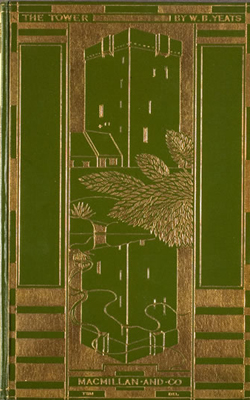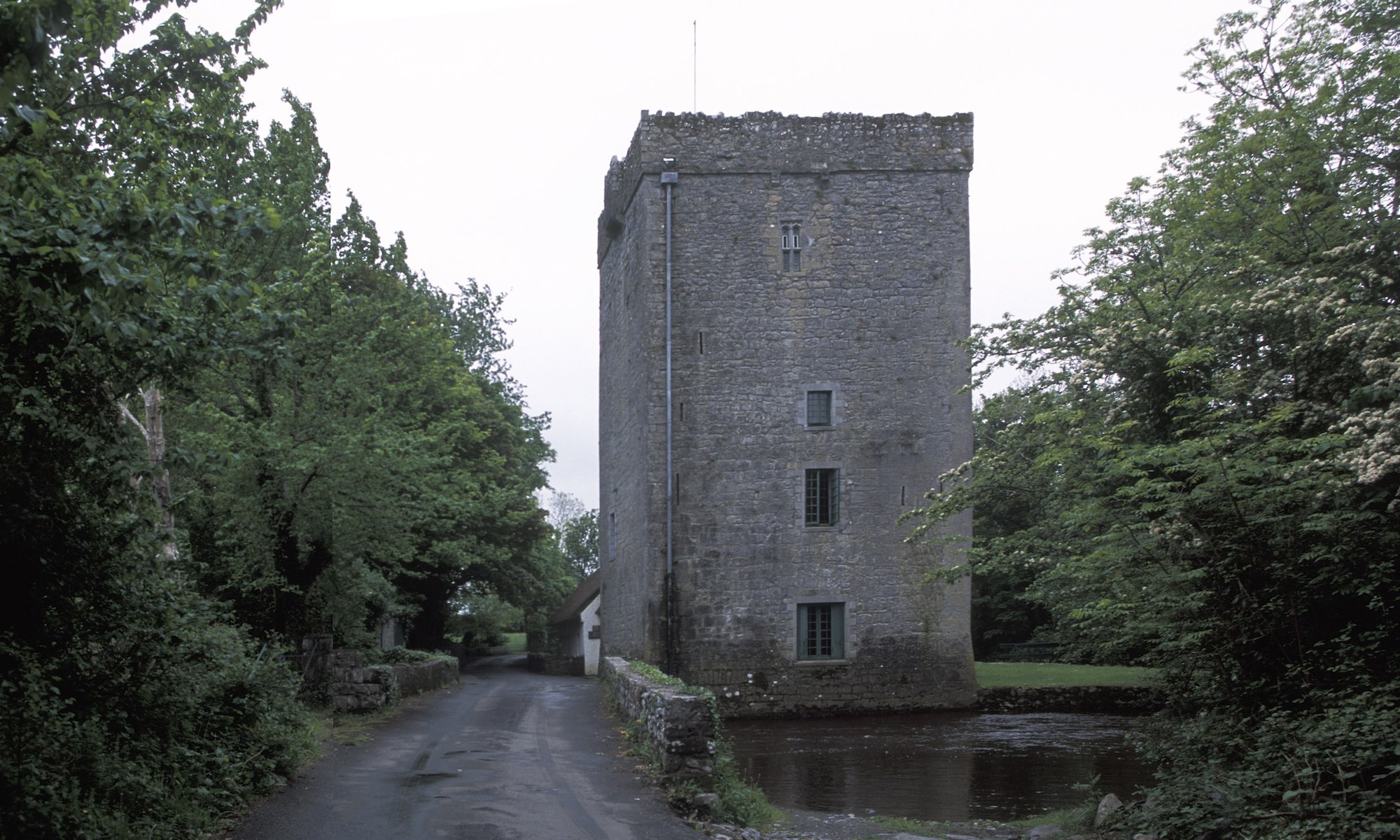The Tower (1928)
- Sailing to Byzantium

The Tower, cover by T. Sturge Moore - The Tower
- Meditations in Time of Civil War
- Nineteen Hundred and Nineteen
- The Wheel
- Youth and Age
- The New Faces
- A Prayer for My Son
- Two Songs from a Play
- Leda and the Swan
- On a Picture of a Black Centaur
- Among School Children
- Colonus’ Praise
- Wisdom
- The Fool by the Roadside
- The Hero the Girl and the Fool
- Owen Aherne and His Dancers
- A Man Young and Old
- The Three Monuments
- All Souls’ Night
-
A Map of The Tower:
Listed above is a Table of Contents for Yeats’s The Tower, as it would have appeared in the volume’s first publication in 1928. You can click on any of the poems listed above in order to track its evolution, from first publication to its inclusion in The Tower.
Each poem will be presented as it appeared in The Tower in 1928. Consult our A Closer Look sections in order to track the major changes made to this poem, as well as changes in context. Can a poem take on a new meaning based on where it is published?
We have also outlined several of the major publications in which Yeats first featured most of the poems which would later make up The Tower. You can consult our Publications menu, select a journal or volume, and learn more about the history and literary context of that publication.
Happy exploring!
Text as Process? Text as Product?
“Put one way, there is no such thing as Yeats’s Tower volume; put another way, there are multiple forms of the material assembled in various arrangements and physical incarnations as The Tower” – George Bornstein, Building Yeats’s Tower
This project aims to track how Yeats’ 1928 volume The Tower was assembled, following the volume’s individual poems from their first publication to their placement in The Tower. We catalogue major changes to each poem’s content and bibliographic code, while considering how the poem’s context shifts with each publication. Our intention is to challenge the idea that there is one stable, fixed text of The Tower. Rather, Yeats’s poetry is constantly evolving and gaining new context.
The value of considering The Tower as an unstable, evolving text is that we can consider how the text’s identity and meaning shift with every publication. The same poem can hold wildly different meanings in different publications; a poem that Yeats wrote to comment on the state of Irish nationalist politics takes on entirely new meaning when it is published in an international newspaper.
In presenting The Tower as fluid and evolving, our website hopes to prioritize George Bornstein’s understanding of “the text as process rather than the text as product.” This distinction is important, because it emphasizes Yeats’s disdain for mass-production and his belief in the beautiful impracticality of art, which could resist the easy, ugly replication of modernity.
